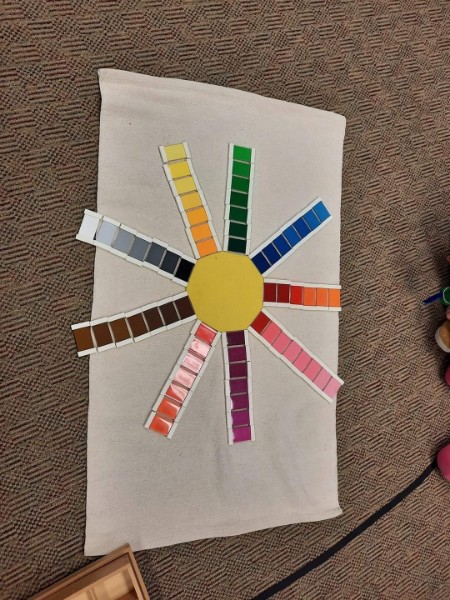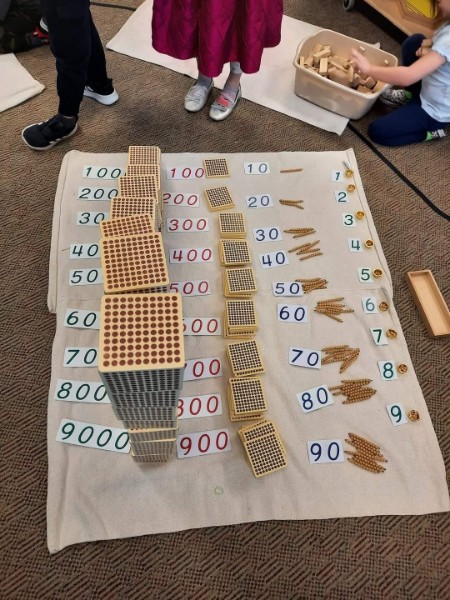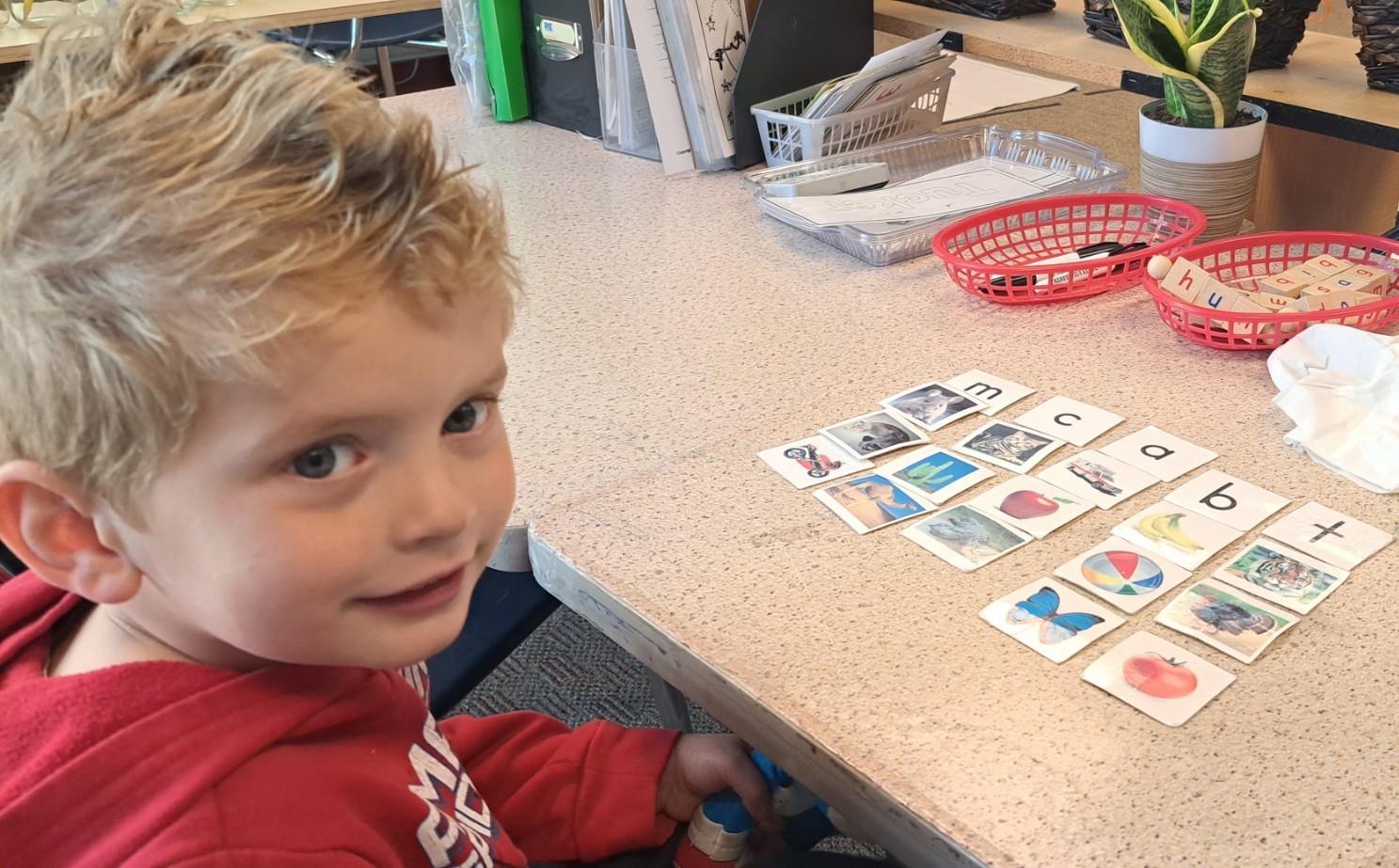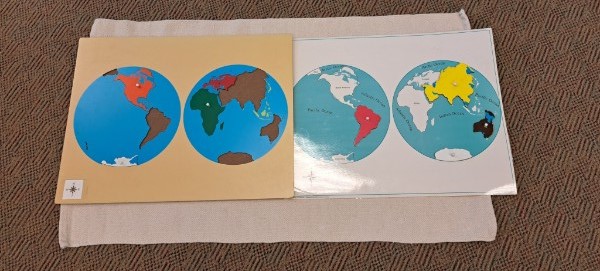- Bible Stories, songs and crafts
- Art
- Music
- Games - for large motor function
Practical Life
The purpose of practical life lessons in the Montessori classroom is for a child to develop specific abilities, such as confidence, coordination, cooperation, order and independence, which are important factors to be successful. These lessons include, care of self, care of the environment, and physical skills.
Care-of-self lessons include hand washing, preparing snack, folding clothes, and learning how to button, zip, snap and tie.
Care-of-environment lessons include plant and animal care, and cleaning activities, such as, sweeping, scrubbing, and polishing.
Physical skills lessons include pouring, scooping, spooning, tonging, tweezing, twisting, lacing, and squeezing.
Each activity and lesson given to the child builds upon the last skill, strengthening muscles in their hands and arms in preparation for writing. As a child progresses throughout the year the lessons will reflect their stage of development, and their age. This area is the basis of all the other curriculum areas of the classroom, and gives the child the skills to be successful in all those areas in years to come and life.
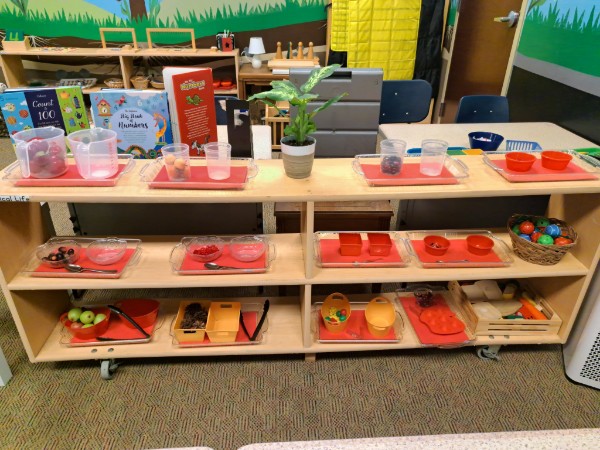
The Practical Life shelf.
